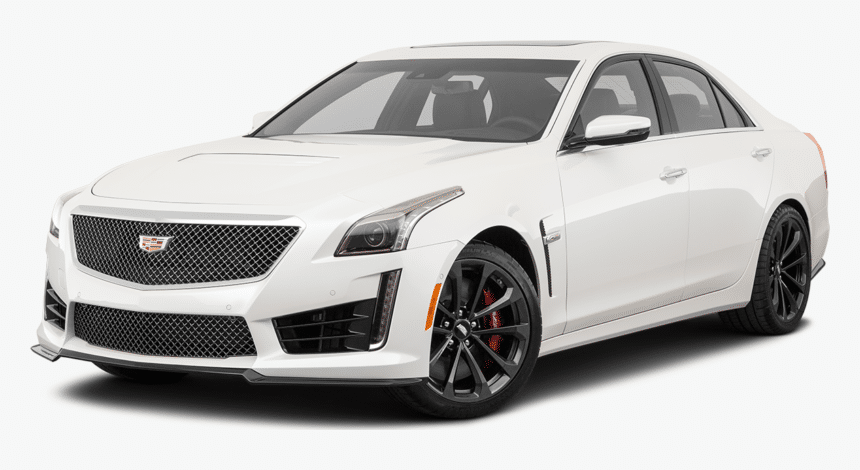Toyota Yaris is a popular car of the world-famous Japanese concern. It was produced in sedan and hatchback bodies at different times and for different markets. The history of the model has been going on since 1999. During this time, three generations of cars came out. In 2020, the fourth generation arrived in Japan. By 2021, it should enter the markets of many other countries around the world.
After restyling, the car will be produced mainly as a hatchback with three or five doors. But in some markets, an updated sedan of this model may appear. The car has acquired more embossed and voluminous body shapes with many stamped elements on the sidewalls. The body was somewhat lightened and reinforced. Now the weight of the car does not exceed 1 ton.
2020 2021 Toyota Yaris Transmission Fluid Capacity
| Transmission | Fluid Capacity | Fluid Type |
| F66M-R Manual Transmission | 3.4 pints (1.6 liters) | 75W-80 |
2013 2014 2015 2016 2017 2018 2019 Toyota Yaris Transmission Fluid Capacity
| Transmission | Fluid Capacity | Fluid Type |
| C50 5-speed Manual Transmission | 4 pints (1.9 liters) | 75W |
| U340E 4-speed Automatic Transmission | Total Fill 6.8 quarts (6.4 liters) 2.6 quarts (2.5 liters) Initial Fill |
WS |
2005 2006 2007 2008 2009 2010 2011 2012 Toyota Yaris Transmission Fluid Capacity
| Transmission | Fluid Capacity | Fluid Type |
| C50 5-speed Manual Transmission | 4 pints (1.9 liters) | 75W-90 |
| U340E 4-speed Automatic Transmission | Total Fill 6.8 quarts (6.4 liters) Initial Fill 2.6 quarts (2.5 liters) |
WS |
At the front, the novelty has a large radiator grille of the original shape. The front bumper has received significant stamping for the fog lights. The front LED headlights are quite narrow and have an unusual elongated shape. The rear arches turned out to be very embossed and slightly protruding beyond the dimensions of the body. The taillights of the original design are interconnected by an unusual LED strip, which stretches along the upper edge of the tailgate. Depending on the version, the car can have a two-tone body color, in which the roof is painted black. The car will go on sale on R16-17 alloy wheels, decorated rather modestly and concisely.
The salon has undergone only minor changes. It is spacious both at the front and at the rear. There is a swivel seat mechanism for the driver and front passenger and the ability to automatically move the seat back for easy boarding. The seats themselves have been redesigned to resist fatigue on long journeys. In some configurations, the dashboard can be virtual and projection, designed as a touchscreen display. The car has a modern multimedia system, a huge touch screen, rich functionality, and great sound. The cabin has many compartments for storing small items.
After the update, the hatchback has gained many advanced safety and driver assistance systems. The manufacturer did not forget about the comfortable options. The car is equipped with an improved independent suspension of the MacPherson type at the front and a multi-link at the rear.
Also, a “charged” version of the GR entered the Japanese market, featuring a more prominent 3-door hatchback body and increased engine power, slightly modified suspension, and electrical equipment designed to increase dynamics and speed characteristics.















